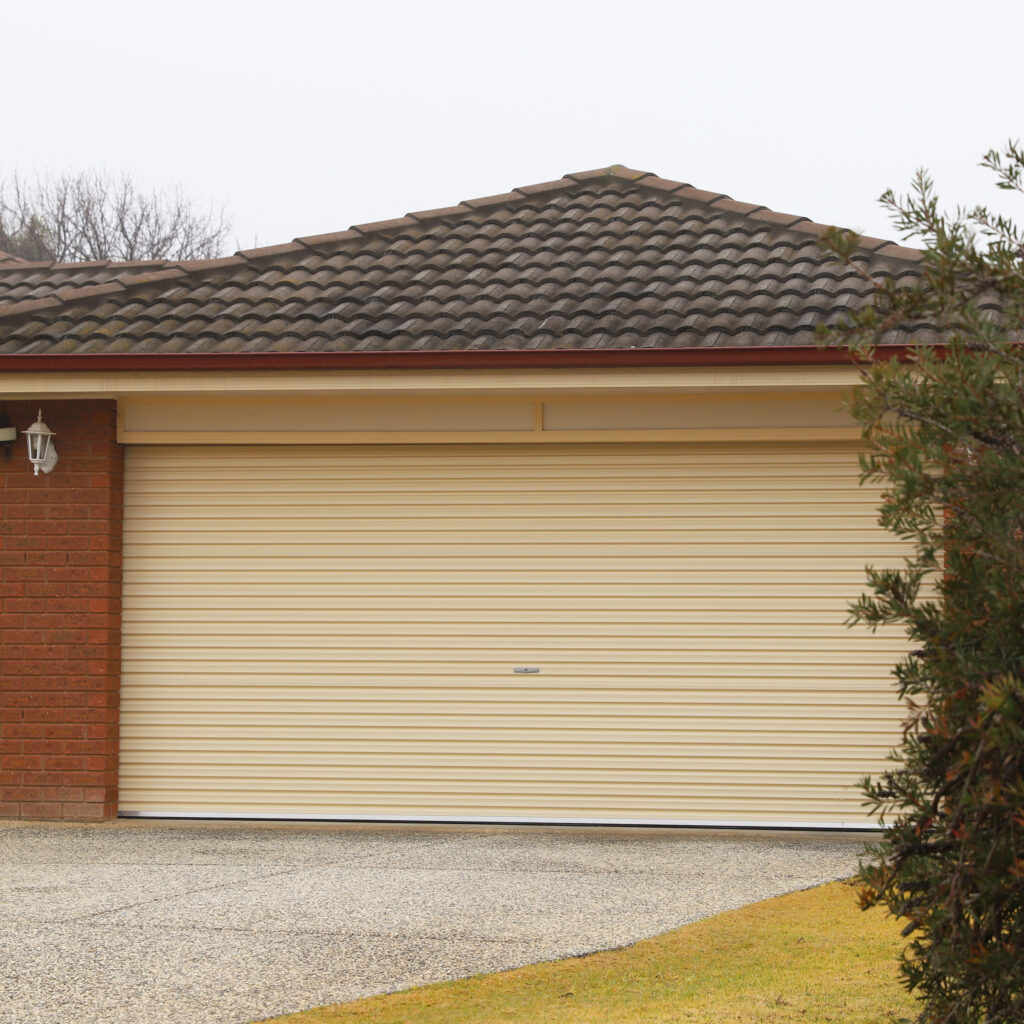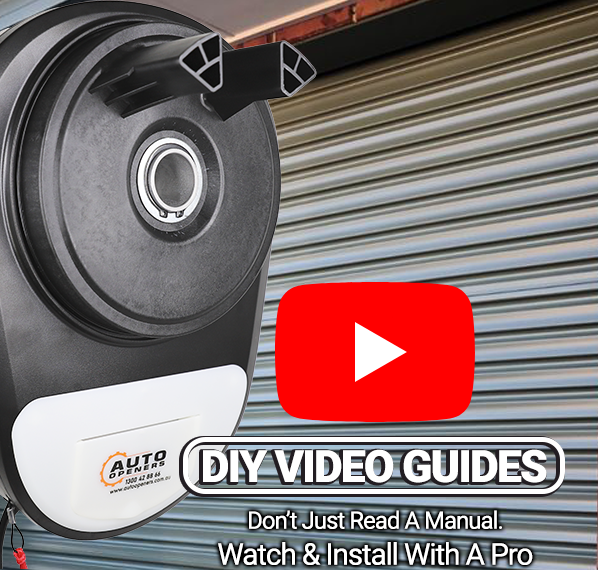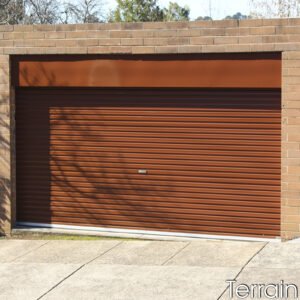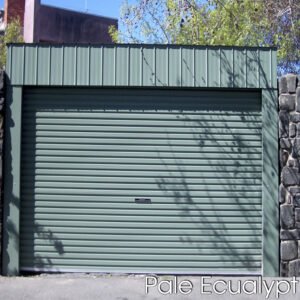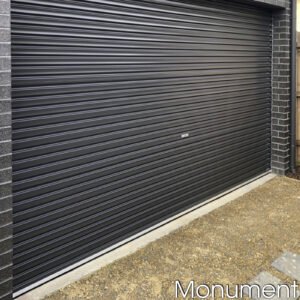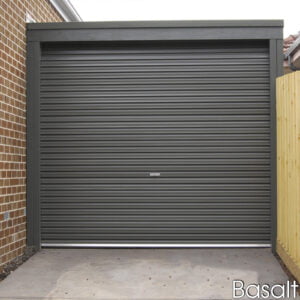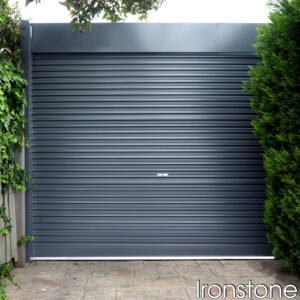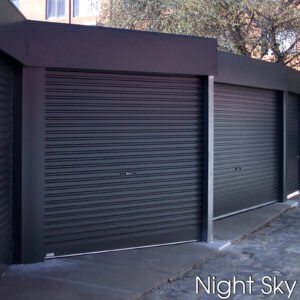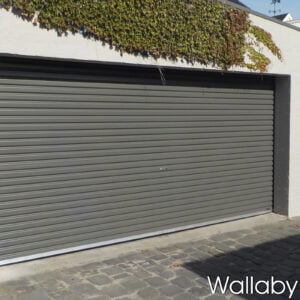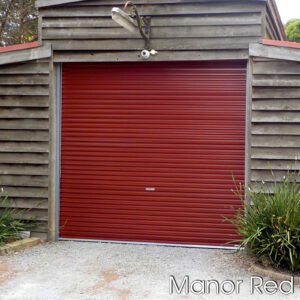Roller Door Installation
Installing a garage door or roller door may seem like a daunting task, but it’s easily accomplished by anyone reasonably handy. Our DIY installation guide for garage doors will help you save money on garage door installation fees and secure your property.
In this guide, we’ll walk you through the process of installing a roller door on your property step-by-step. We’ll start by helping you take accurate measurements, selecting the right door, and then moving on to the actual installation process. We understand that every installation is unique, so we’ll provide helpful tips and advice to help you overcome any hurdles that may arise.
At Wholesale Garage Doors, we’ve been selling garage doors for over 20 years, all across Australia. Our garage door prices are the lowest in Australia, with top quality Australian brands. This garage door installation guide has been written by our team of inhouse specialists, so you can safely install your new shed, garage or factory door.
Tools Required For Garage Door Installation
For a safe and effecient installation, it’s recommended to install the door with someone giving you a hand. You’ll also need to have the following tools on hand:
- A laser level
- A spirit level
- A socket set
- Two-step ladders
- A marker pen or pencil
- A power drill and drill bits
- Screwdrivers and a pipe wrench
- A tape measure and stanley knife
- A softwood chock about 400mm long
Installation Safety Checklist
Before you begin, do not remove the strapping around your roller door. The roller door is under spring loaded tension and prematurely removing this wrapping can cause injury.
Before you start your installation, there’s a few safety checks you need to perform. Please ensure:
- Your work area is clear from obstruction.
- All supporting walls are structurally sound to avoid damage.
- The surface above the doorway is flush and free from any protrusions.
- You’re wearing appropriate safety gear – gloves, boots, and safety goggles.
- You have adequate space above the doorway to house the rolled-up garage door and fittings.
- Check you have the correct fasteners for your structure type.
- Steel Purlins: 4 or more self drilling screws (included with install box)
- Timber Frame: 3 or more 8mm x 50mm coach screws (included with install box)
- Brick or Concrete: 3 or more M8 bolts (or threaded rod) from thye outer surface of the wall, or 10mm M8 thread metal expansion fasteners from Loxin, Dynabolt or equivalent. (Not included with install box)
- Flat washers must be used under all nuts, bolts and screw heads.
- Make sure you have sufficient room on each side of the doorway for the tracks.
- 25mm either side for residential roller doors up to 3430mm wide
- 50mm either side for residential roller doors over 3430mm wide
- 50mm either side for Light Commercial or NovaTaur roller doors
Downloadable Installation Instructions
- Taurean Series A Installation Guide
- Taurean Series AA Installation Guide
- Taurean – Series B Installation Guide
- Novataur Doors – Domestic Installation Guide
- Novataur Doors – Commercial Installation Guide
- Windlock Roller Door Installation Guide
- Windstrong Roller Door Installation Guide
- Taurean Sectional Door Installation Guide
- Sectional Door Low Headroom Kit Installation Guide
Step-by-Step Guide
Step 1 – Installating the Door Brackets
- Measure and mark the roller door width on each wall of the opening, adding extra width on each side for the inside line of the bracket. The amount of extra width required depends on the size of your doors – refer to your individual installation guide.
- Ensure there is adequate head and side room clearance. Hold the door bracket and mark two or three holes (the number may vary according to your door’s installation instructions). Level, drill, then bolt the bracket into place.
- Using the laser level, mark the height of the second bracket on the other wall and drill it into position.
- Check the axle length, then with care, lift the rolled-up door onto the brackets using ropes or an alternative safe lifting method. Ensure that the way it faces enables the roller door to roll down the front.
- Push the axle into the slots and rotate the garage door forward.
- Loosely secure the roller door with the supplied U bolts and saddles.
- Centre the garage door within the opening. Rotate the curtain so that the bottom part is on the inside of the garage.
Step 2 – Tensioning the Door Springs
- Attach the axle to the brackets. Use the washers and nuts to lock into place.
- Rotate the door forward to apply tension to the spring. The number of times you turn the door depends on its size. Please refer to your individual door’s installation manual.
- Have your assistant cut the strapping whilst you maintain spring tension.
- Draw the door curtain down slowly and position the wooden chock to hold the door until you fit the tracks.
Step 3 – Checking the Roller Door Tracks
- Pull the roller door down to make sure it overlaps the doorway equally on both sides.
- Slide the first track over the edge of one side of the door. Loosely secure the track to the wall with fasteners.
- Repeat on the other side. Use the spirit level to make sure both tracks are perfectly vertical.
- Move the door up and down, checking for correct tension. Also ensure the garage door is not binding in the roller door tracks at any point, adjusting where necessary. Tighten both tracks securely.
- Use screws or other fasteners to attach the handle to the outside of your door.
- If provided with your door, fit the weight bar to the bottom rail for added stability.
After Installation Guide
Modern garage doors require minimal routine maintenance. Every six months, follow these instructions:
- Clean the curtain with a soft cloth or sponge and mild detergent in warm water.
- Rinse with clean water immediately to remove any trace of detergent.
- Inspect the brackets, springs, tracks, fasteners, cables, and weather seal for any signs of wear and tear.
- Lubricate the springs with grease or oil.
- Do not lubricate the locking mechanism – this may cause it to malfunction.
- Do not oil the tracks; clean on occasion with spirit cleaner.
- Perform a balance test. Close the door, then lift it to waist height. The door shouldn’t move. If it does, you may need to rebalance the spring.
Garage door springs are very tightly wound, which means they are under a great deal of tension. If a spring breaks or you try to adjust one without proper knowledge of the procedure, it can cause serious injury. If you have questions or concerns about your spring maintenance, we recommend consulting professional services.
If you are capable of re-tensioning the spring, follow these instructions carefully and exactly:
- As a safety precaution, tie ropes around each end of the door roll.
- With you and your assistant on a ladder at each end of the door, grip the axle firmly with a large pipe wrench.
- Loosen the U bolt nuts at both ends while keeping a firm grip on the pipe wrench.
- Rotate the axle in the desired direction – for tension or to loosen.
- Re-tighten the U bolts and release the pipe wrench.
- Test. Repeat these steps if you need further adjustment.
Frequently Asked Questions
Q: How much does it cost to install a garage roller door?
Q: Can I install a garage door myself?
Q: How long does it take to install a roller door?
Q: Do you have a video guide to installing garage doors?
A: We certainly do! Over the years, a number of different companies have released videos showing how to install garage doors and their openers. Below are some of the most informative garage door and garage door opener video installation guides.
How To Install a Taurean Roller Door
How To Install a BnD Roller Door
How To Install a Roller Door Opener
Want To Get A Roller Door Quote Online?
Now that you know how to install a roller door, feel free to visit our Roller Door Prices page to get your quote online!


